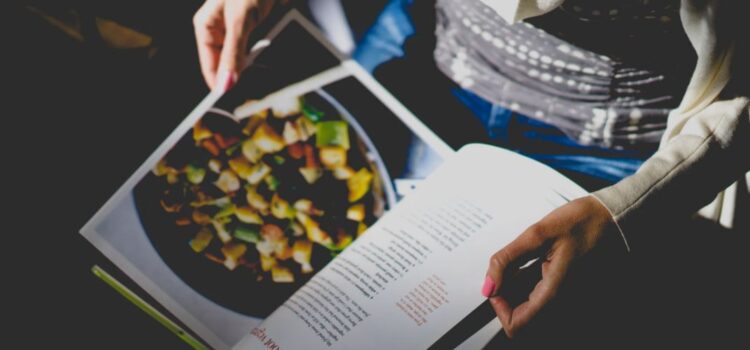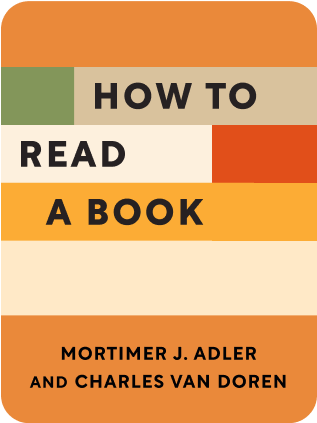

This article is an excerpt from the Shortform book guide to "How to Read a Book" by Mortimer J. Adler and Charles van Doren. Shortform has the world's best summaries and analyses of books you should be reading.
Like this article? Sign up for a free trial here .
What kinds of books are considered “practical books”? What’s the best way to read practical books?
In How to Read a Book, Mortimer Adler explains that a practical book is any book that concerns how to do something better. These books require the reader to take action if they agree with the author’s premises.
Here’s how to read a practical book from How to Read a Book.
Reading Practical Books
Practical books concern how to do things better. They can be mainly a book of rules (like a cookbook) or a set of principles that generate rules (like The Wealth of Nations), or somewhere in between.
The practical book itself can never solve its targeted problems directly. It requires action on the reader’s part.
Because the book is a means to an end, you must decide whether you agree with the author’s end. If you don’t believe in economic justice, then you’ll disagree with Marx’s The Communist Manifesto, no matter the quality of the means.
Note that practical books are not purely theoretical emotionless treatments, like math proofs are. To be effective, they contain rhetoric or propaganda that appeal to the heart as well as the mind.
- Be wary of separating the arguments from the oratory “emotive use of words.”
- But don’t be completely resistant – weigh the appeals and open yourself accordingly.
Understand the context of the author. Know something about the author’s life and times, and how it affected the problems she saw and the rules she espouses.
- For Leviathan, Hobbes lived in the English civil wars and was distressed by social disorder.
- For The Prince, know the Italian political situation and Machiavelli’s relation to the Medicis.
The Four Questions
- What is this book about as a whole?
- What problems are being addressed?
- Discover the rules that are being recommended.
- What is being said in detail, and how?
- Discover the principles that justify the rules.
- Find the applications of the rules to concrete cases.
- Is the book true, in whole or part?
- Does the rule actually work?
- Do you desire the end that the rule guides to?
- What of it? Why is this important? What follows?
- If you agree with the book’s means and end, then you are obligated to put the means to action. Not doing so is not a sign of laziness; it’s a sign that you don’t fully agree.
- Figure out how the rules should be applied in practice.

———End of Preview———
Like what you just read? Read the rest of the world's best book summary and analysis of Mortimer J. Adler and Charles van Doren's "How to Read a Book" at Shortform .
Here's what you'll find in our full How to Read a Book summary :
- How to be a better critic of what you read
- Why you should read a novel differently from a nonfiction book
- How to understand the crux of a book in just 15 minutes






